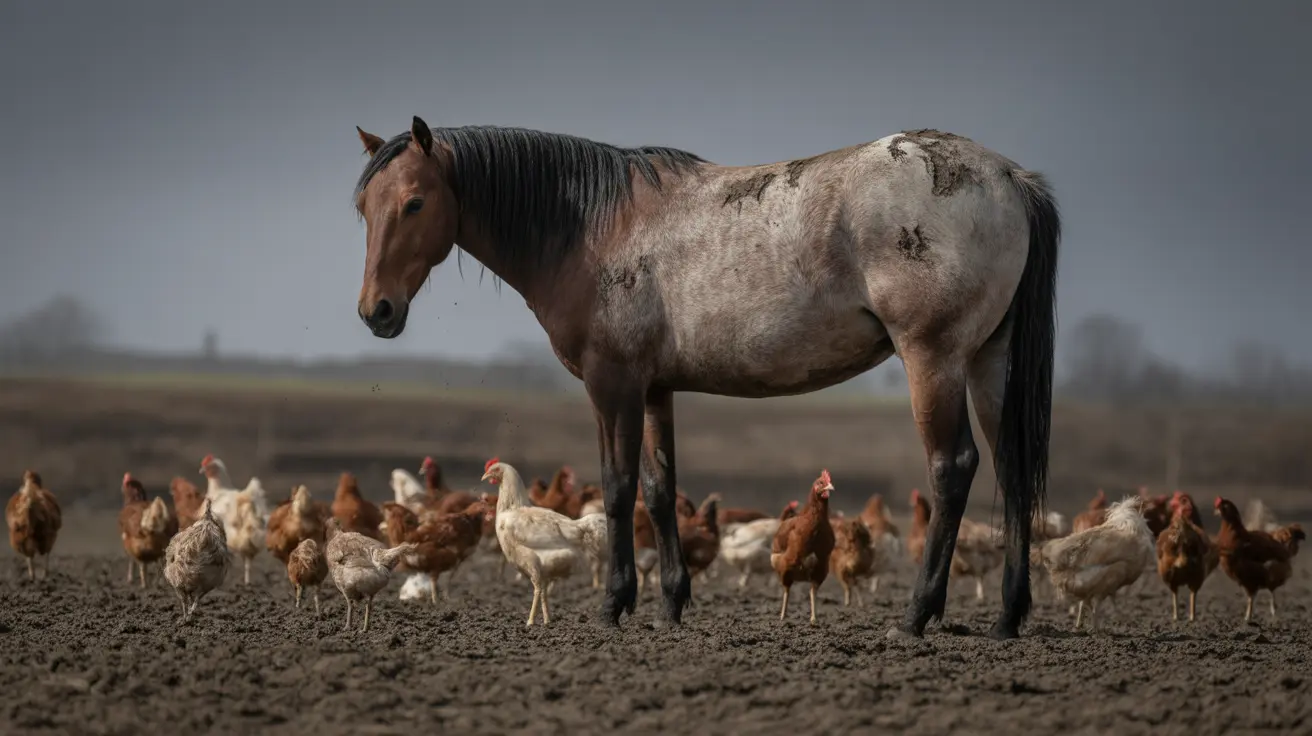When it comes to canine health challenges, rhabdomyosarcoma in dogs represents one of the more serious and complex conditions that veterinarians encounter. This rare but aggressive cancer, which originates in skeletal muscle tissue, can affect various parts of a dog's body, with the urinary bladder being a common site of occurrence.
Understanding this condition is crucial for dog owners, as early detection and prompt treatment can significantly impact the outcome. While relatively uncommon, rhabdomyosarcoma demands immediate attention due to its aggressive nature and potential for rapid spread throughout the body.
Understanding Rhabdomyosarcoma and Its Types
Rhabdomyosarcoma develops from cells that would normally form skeletal muscle tissue. In dogs, it can manifest in three main forms: embryonal, alveolar, and pleomorphic. The embryonal type is most common and frequently affects the urinary bladder, while alveolar and pleomorphic forms tend to develop in other body regions.
The botryoid variant, particularly common in the urinary bladder, appears as grape-like masses that can significantly impact urinary function. This distinctive appearance often helps veterinarians in initial visual assessments during diagnostic procedures.
Common Signs and Symptoms
Dogs with rhabdomyosarcoma typically show symptoms specific to the tumor's location. When affecting the urinary bladder, common signs include:
- Blood in the urine (hematuria)
- Difficulty or pain during urination
- Increased urination frequency
- Straining to urinate
- Potential complete urinary blockage in severe cases
When the cancer develops in other locations, symptoms may include:
- Visible swelling or masses
- Lameness (if affecting limbs)
- Breathing difficulties (if in the larynx)
- Changes in appetite and energy levels
- Weight loss
Diagnosis and Testing Procedures
Veterinarians employ multiple diagnostic tools to confirm rhabdomyosarcoma and determine its extent. This typically includes:
- Physical examination and detailed medical history
- Blood work and urinalysis
- Advanced imaging (ultrasound, CT scans, or MRI)
- Tissue biopsy for definitive diagnosis
- Chest X-rays to check for metastasis
Treatment Options and Management
Treatment for rhabdomyosarcoma in dogs typically involves a multi-modal approach, depending on the tumor's location, size, and stage. The primary treatment options include:
Surgical removal remains the preferred treatment when possible, though complete excision can be challenging depending on the tumor's location. Radiation therapy and chemotherapy may be used either alone or in combination with surgery. Some cases may require palliative care focused on maintaining quality of life.
Prognosis and Long-term Outlook
The prognosis for dogs with rhabdomyosarcoma varies but is generally guarded to poor. Factors affecting survival time include:
- Tumor location and size
- Stage at diagnosis
- Ability to achieve complete surgical removal
- Response to additional treatments
- Overall health of the dog
Frequently Asked Questions
What are the common symptoms of rhabdomyosarcoma in dogs, especially when it affects the urinary bladder?
The most common symptoms include blood in the urine, difficulty urinating, increased urination frequency, and straining during urination. Dogs may also show signs of pain or discomfort and experience recurring urinary tract infections.
How is rhabdomyosarcoma diagnosed in dogs, and what tests are typically involved?
Diagnosis involves multiple steps, including physical examination, blood work, urinalysis, imaging studies (ultrasound, CT, or MRI), and tissue biopsy. Chest X-rays are also typically performed to check for cancer spread.
What treatment options are available for dogs diagnosed with rhabdomyosarcoma, and how effective are they?
Treatment options include surgery, radiation therapy, and chemotherapy, often used in combination. While treatment can extend survival time and improve quality of life, complete cures are rare due to the aggressive nature of the cancer.
Which dog breeds and age groups are at higher risk of developing rhabdomyosarcoma?
Large breeds such as Airedale Terriers, Basset Hounds, Boxers, and Saint Bernards may be at higher risk. While it can occur at any age, certain types are more common in younger dogs, while others typically affect older animals.
What is the typical prognosis for dogs with rhabdomyosarcoma, and can early detection improve outcomes?
The prognosis is generally guarded to poor, with survival times ranging from months to over a year with aggressive treatment. Early detection can improve outcomes by allowing for more treatment options, but the cancer's aggressive nature often leads to recurrence.






